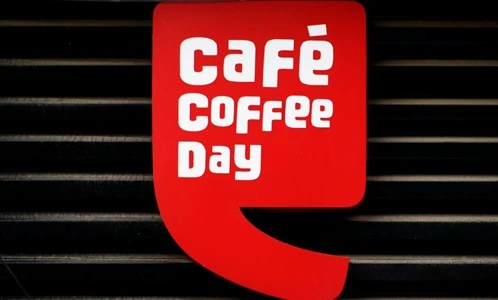Café Coffee Day (CCD), India’s largest coffeehouse chain, was founded in 1996 and has become synonymous with coffee culture in the country. Over the years, CCD has grown to serve millions of customers, with a presence in both urban and semi-urban areas. However, with growing competition from international coffee giants like Starbucks and Costa Coffee, the brand is facing challenges that require strategic reevaluation. The following SWOT analysis provides a deep insight into CCD’s current position, highlighting its strengths, weaknesses, opportunities, and threats in 2024.

Current Overview of Cafe Coffee Day
As of 2024, CCD remains a significant player in the Indian café industry, despite a reduction in its number of outlets. The brand operates more than 1,000 outlets across various cities and serves approximately 300,000 customers daily. However, CCD has been facing operational challenges such as site selection issues and poor interior maintenance in some outlets, which have affected its brand image. Additionally, increased competition from global chains has led to declining customer loyalty.
Future Plans
CCD is keen on expanding into international markets and has set its sights on diversifying its product range to cater to health-conscious customers by offering more nutritious, organic, and low-calorie menu options. It also plans to enhance the customer experience through improved loyalty programs and further brand engagement. CCD is focusing on maintaining its competitive edge in India by addressing operational inefficiencies and improving the quality of its store interiors, particularly in smaller towns and cities.
Strengths
1. Strong Brand Recognition: CCD has established itself as a recognizable and affordable coffee chain in India. The brand has a vast network, providing it with strong visibility across urban and semi-urban areas.
2. Cost Advantages through Backward Integration: CCD sources its coffee beans from its own plantations, helping reduce input costs and ensuring quality control across its outlets.
3. Wide Customer Base: With over 1,000 outlets and serving millions of customers annually, CCD has a loyal customer base, especially among India’s youth. The brand is seen as a go-to spot for informal meetings and hangouts.
4. Product Variety: CCD offers a broad range of products beyond coffee, including snacks and light meals, which adds to its appeal among different consumer segments.
Weaknesses
1. Inconsistent Ambience and Store Maintenance: Many CCD outlets, especially in smaller towns, suffer from poor interior design and maintenance, negatively impacting the brand’s image. Some stores have lost the premium feel that customers expect from a café.
2. Site Selection Issues: Several CCD stores are located in suboptimal locations, leading to lower foot traffic and reduced profitability.
3. Weak Brand Loyalty: Despite its large customer base, CCD struggles with retaining long-term customer loyalty. Many consumers are switching to other brands due to the growing competition from both global and local players.
4. Limited Innovation: CCD has been slow in adapting to shifting consumer preferences, particularly the growing demand for healthier menu options and premium coffee experiences.
Opportunities
1. Health-Conscious Menu Expansion: With an increasing focus on healthier lifestyles, CCD has the opportunity to expand its menu to include organic, low-calorie, and nutritious options, which can attract a broader customer base.
2. International Expansion: By entering new international markets, CCD can diversify its revenue streams and strengthen its global brand presence.
3. Improving Customer Engagement: Implementing loyalty programs can foster better customer retention and create long-term relationships with frequent customers.
4. Growth in Tier-2 and Tier-3 Cities: CCD has the potential to tap into smaller towns and cities where the coffeehouse culture is still growing. Expanding into these markets could significantly boost its market share.
Threats
1. Intense Competition: The entry of global giants like Starbucks, Costa Coffee, and McCafe, along with several local coffee chains, is a significant threat to CCD’s market share.
2. Shifting Consumer Preferences: More consumers are opting for healthier food and beverage options. Failure to adapt to this trend could result in a loss of customers.
3. Economic Downturns: Any economic slowdowns could result in reduced discretionary spending, directly impacting café visits and luxury food consumption.
4. Indirect Competition: The rise of hookah lounges and other hangout spots targeting the youth is also pulling away a portion of CCD’s core customer base.
Conclusion
Café Coffee Day has cemented itself as a key player in India’s coffeehouse market. However, it faces challenges in maintaining its market dominance amidst rising competition and evolving consumer preferences. To remain competitive, CCD must focus on refurbishing its outlets, improving the customer experience, and diversifying its product offerings to include healthier options. Furthermore, strategic international expansion and better engagement through loyalty programs can offer the brand significant growth opportunities. By addressing its weaknesses and capitalizing on emerging trends, CCD can continue to hold its position as a beloved coffee destination for India’s youth.